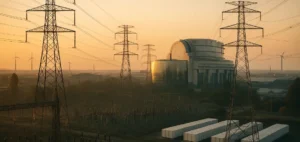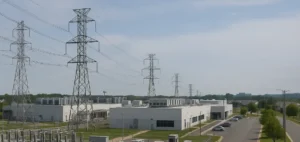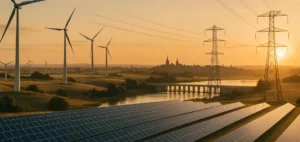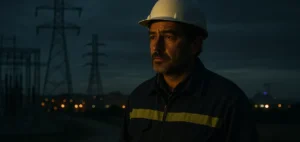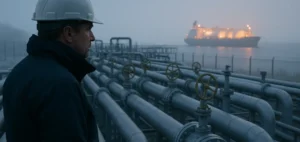Flexible distributed energy resources (DER) are playing a growing role in the global energy transition. As economies seek to reduce greenhouse gas emissions, DER flexibility technologies offer alternative solutions to traditional fossil-fired power plants. According to a Guidehouse Insights report, global flexible DER capacity is expected to reach 161 GW by the end of 2024, and to grow at a rate of 5.2% per year to exceed 253 GW in 2033.
DERs represent a diverse set of technologies, such as solar photovoltaic panels, wind turbines, energy storage systems like batteries, and biogas generators. These technologies enable electricity to be generated and stored in a decentralized way, often close to where it is consumed. This proximity reduces transmission losses and strengthens the resilience of the power grid. As a result, projects are multiplying, as in the case ofEiffage and Entech, who have joined forces for electricity storage projects.
Technological advances and challenges
Advances in energy hardware and software enable network operators to take advantage of the flexibility of DERs. These advances are essential market drivers, but obstacles remain, including outdated wholesale electricity market regulations and utility revenue structures. What’s more, a lack of customer awareness and education is holding back the wider adoption of flexible DERs.
Among innovative technologies, virtual power plants (VPP) and demand response (DR) programs stand out. VPPs enable several DERs to be grouped together to operate as a single entity, providing network services in a coordinated and efficient way. DR programs encourage consumers to adjust their electricity consumption in response to grid signals, helping to balance supply and demand.
Regional perspectives and segments
Guidehouse Insights forecasts show growing adoption of VPPs and DR programs in the residential and commercial segments. However, the ability of network operators to use these methods is highly dependent on the local regulatory framework. Wholesale electricity markets, local flexibility markets and distribution level programs are all available mechanisms, but their effectiveness varies according to the regulations in force.
In North America, for example, energy policies favor the integration of DERs, while in Europe, initiatives such as the European Green Pact encourage the adoption of sustainable energy solutions. In Asia-Pacific, rapid economic growth and rising energy demand are driving investment in DERs, although regulatory challenges remain.
Economic and environmental impact
Managing, controlling and optimizing DERs can provide essential services to the power grid with fewer emissions, and often at a lower cost than traditional resources. This presents a significant opportunity for network operators and consumers alike, despite the regulatory and educational challenges.
The growing importance of flexible DER in the energy transition cannot be underestimated. Technological advances will continue to reduce costs and improve efficiency, while regulatory reforms and awareness-raising efforts will help overcome current obstacles. By promoting wider integration of DERs, economies can not only meet their climate targets, but also strengthen the resilience and reliability of their power grids.
The economic implications of this transition are also significant. Investment in DERs can create jobs, stimulate innovation and promote industrial competitiveness. Moreover, by reducing dependence on imported fossil fuels, countries can improve their energy security.
The capacity of flexible distributed energy resources to reach 253 GW by 2033 represents a significant turning point for the global energy sector. Technological advances, regulatory reform and greater consumer awareness are essential to realizing this potential. By further integrating DERs, network operators can not only improve the reliability and resilience of their systems, but also make a significant contribution to reducing greenhouse gas emissions.













